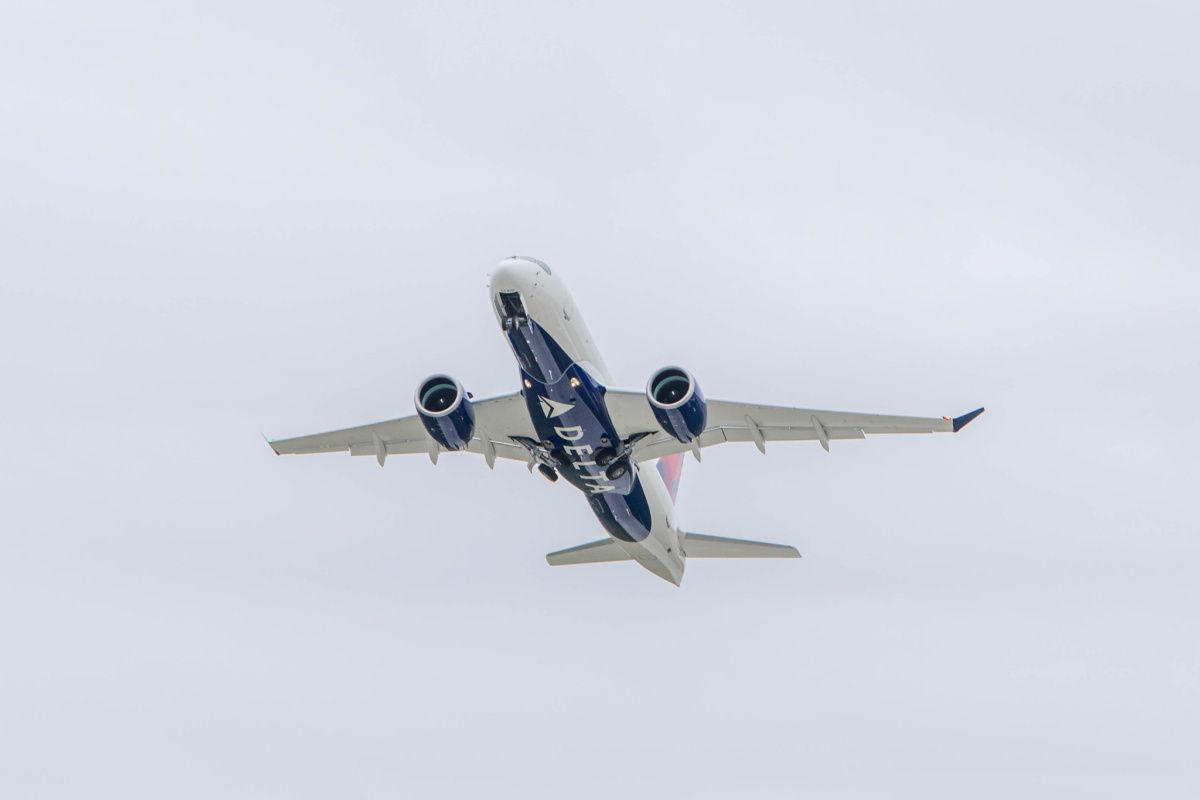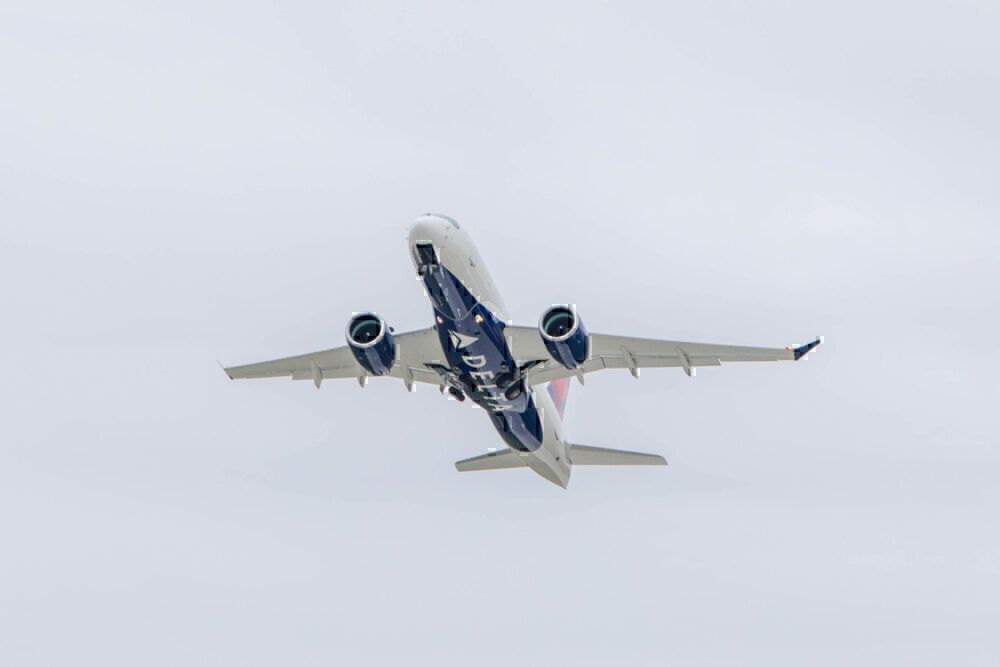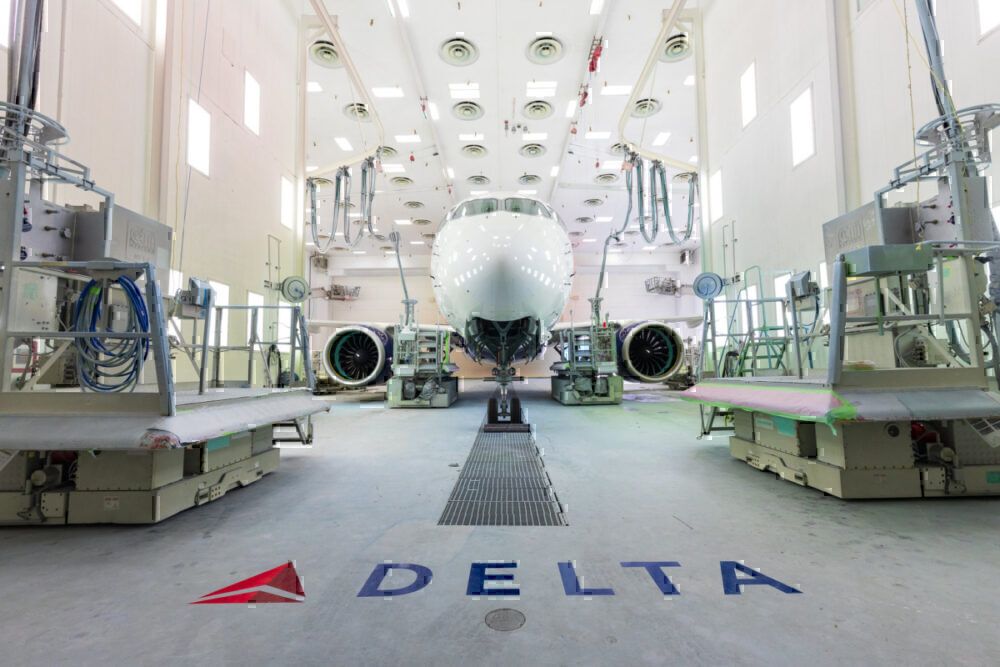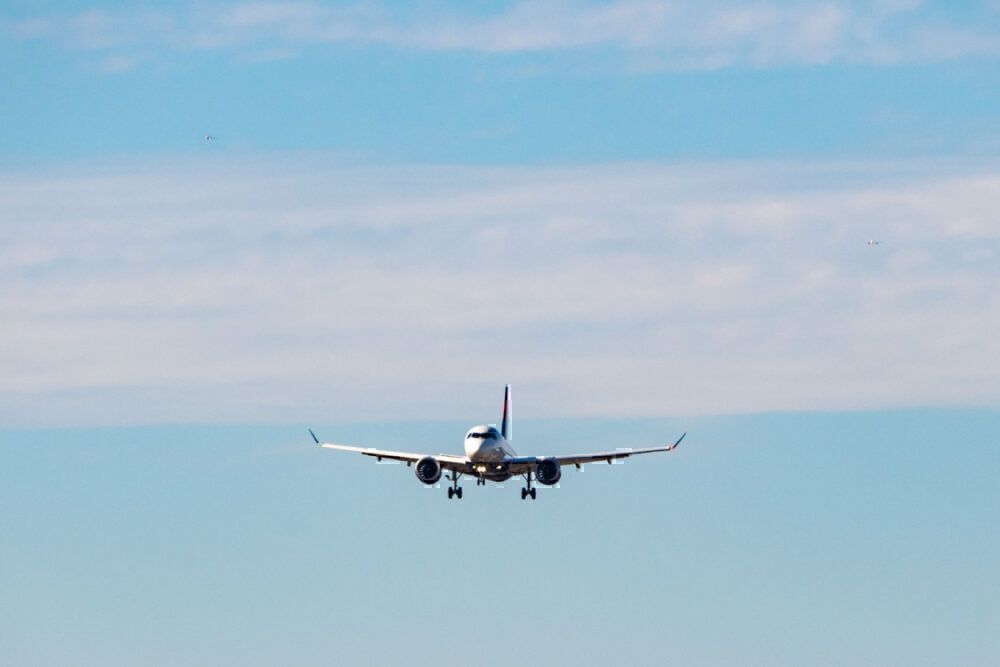The Federal Aviation Administration (FAA) is mulling the issuance of an Airworthiness Directive for the popular Airbus A220 model of aircraft. This comes after a report of a protective cap not being removed on the crew oxygen system. The removal of the cap prevents oxygen build-up under the flight deck floor, which could cause a fire risk. The Notice of Proposed Rulemaking (NPRM), announced today, is under consultation for 45 days.
Transport Canada first highlighted the issue
Transport Canada Civil Aviation (TCCA) has implemented an Airworthiness Directive (AD) for the Airbus A220 to correct an unsafe condition. As the regulator and aviation authority for US operated A220s, the Federal Aviation Administration (FAA) has followed suit in launching a Notice of Proposed Rulemaking (NPRM) for the same fault.
Stay informed: Sign up for our daily aviation news digest.
The fault relates to a manufacturing issue, whereby a protective cap has not been removed from the crew oxygen system. This cap, intended to prevent damage from foreign object debris (FOD), is designed to be removed at the point of installation to allow airflow. It covers an extraction duct located under the flight deck floor.
Should the cap be left on, there is a potential that oxygen could build up under the flight deck floor. As oxygen is an oxidizer, this presents a low but present risk of an oxygen fed fire, which is unacceptable on a commercial aircraft.
As well as providing extraction for the oxygen, the duct also ventilates much of the electrical harnesses and equipment which are located in this area too. The proposed Airworthiness Directive requires that airlines inspect this area and remove the relevant cap if required.
Only 20 aircraft affected
Even though US operator of the A220, Delta Air Lines, has taken delivery of 31 of its 45 firm orders, the FAA doesn't expect all aircraft to be affected. This suggests it was a problem on a specific production line or a mistake by a particular technician and says only around 20 aircraft will require inspection.
As the AD has been approved by the aviation authority of another country, the NPRM will likely translate into a directive without much resistance. Although the proposal doesn't say as much, it will only affect Delta Air Lines, as no other US airline has received the A220. JetBlue is expecting its own A220s later this year.
The cost to correct the fault is minimal. A simple visual inspection and straightforward removal of the cap will fix it. However, there is some disassembly of the flight deck required, which the FAA estimates will take three hours. All in all, the cost to fix each aircraft is estimated to be just $255.
The FAA is receiving comments on the NPRM until September 25th, after which time the rule will become a directive, unless challenged. While the FAA doesn't say what timescales will be involved in compliance, Transport Canada set a deadline of no more than 1,650 flight hours or eight months from the date of the AD.
It's likely that the European Union Aviation Safety Agency (EASA) will soon follow suit. With more A220s in Europe than anywhere else, 51 at the latest count, the impact could be greater on these operators. It's not a huge problem to fix, but one that could be catastrophic in unfortunate circumstances.




